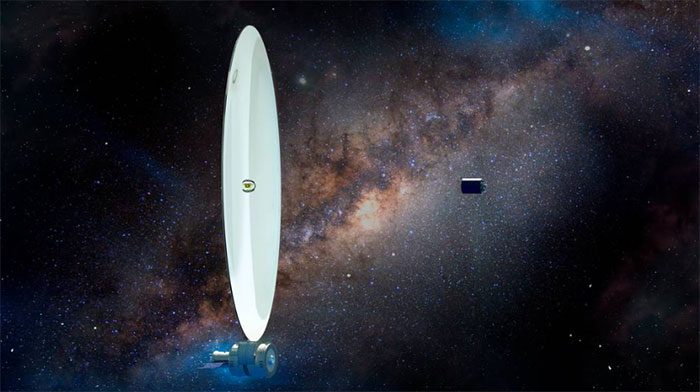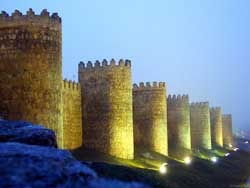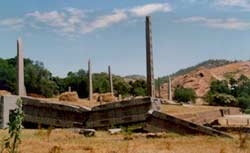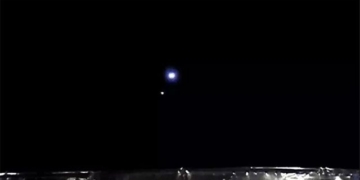The National Aeronautics and Space Administration (NASA) is testing a new method to construct telescopes that are 10 to 100 times larger than the most advanced telescopes currently available.
In terms of physical properties, the size of a telescope is a decisive factor for its observational capabilities. The larger the telescope, the greater its ability to collect light, allowing scientists to observe distant objects in greater detail. In other words, the larger the telescope, the clearer and more specific the observations will be.

This image illustrates the final stage of a giant telescope that could be created using liquid materials in the future.
However, larger sizes also mean longer installation times and greater costs. In fact, NASA has spent $10 billion on the James Webb Space Telescope (JWST), which is approximately the size of a tennis court (21.18m x 14.17m). This does not include the costs associated with transporting it into space for observation.
With the liquid-based telescope, NASA hopes to address these challenges by reducing both the installation time and manufacturing costs, while allowing astronomers to observe celestial objects in greater detail.
Edward Balaban, a scientist involved in the project, explains: “In a gravitational field, liquids have useful shapes for creating lenses and mirrors. If we produce them in space, they can be used to create telescopes significantly larger than previous models.”
Regarding the manufacturing timeline, NASA’s website states: “The process of creating lenses from liquid allows us to completely bypass mechanical processes such as grinding or polishing. This means that telescopes made from liquid can be produced and completed in a much shorter time.”
According to Edward Balaban, if the experiment is successful, it will mark a historic advancement in the fields of optics and lens manufacturing, enabling astronomers to extend their vision beyond that of the JWST, the most advanced telescope currently in operation, which is located 930,000 miles (over 1.4 million kilometers) away.



















































